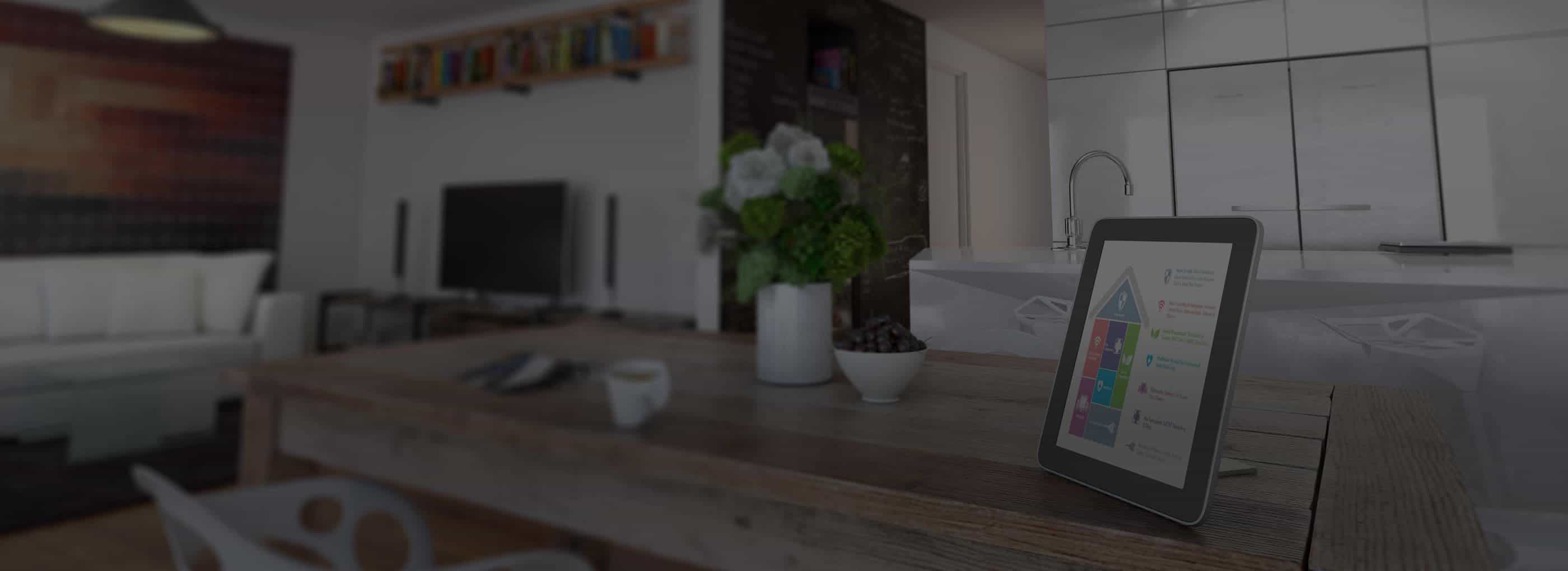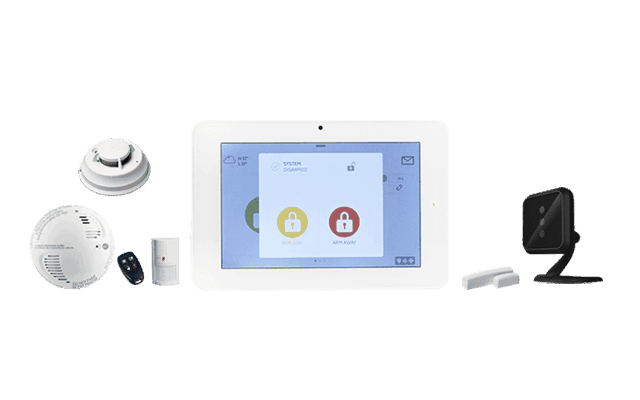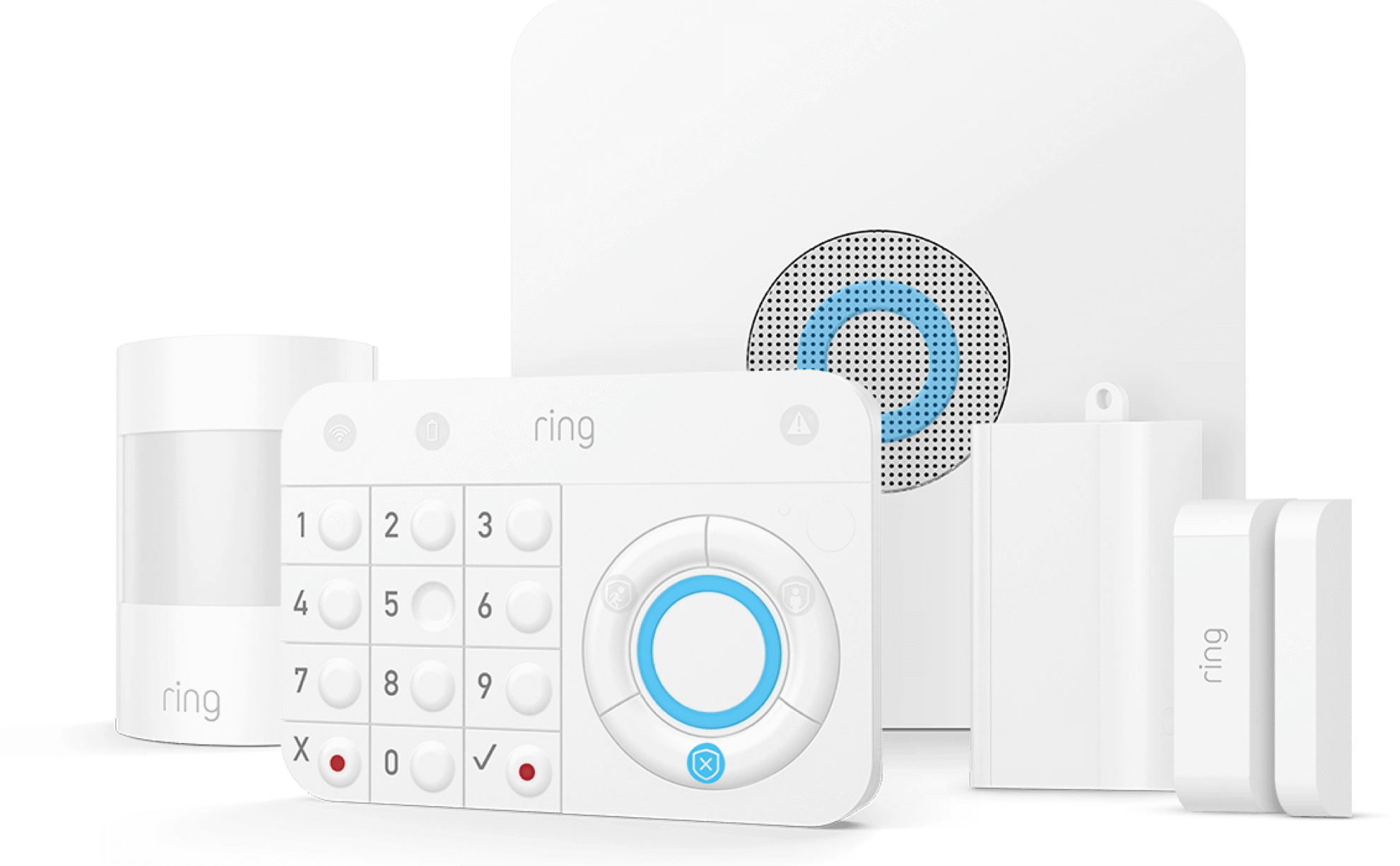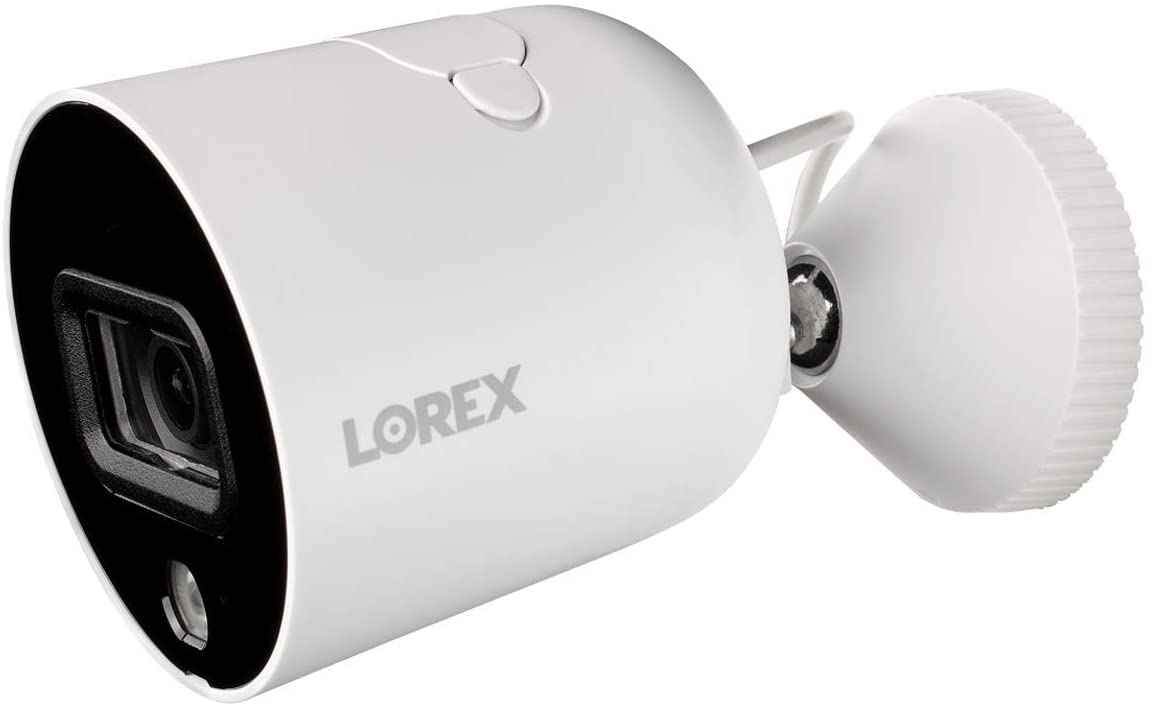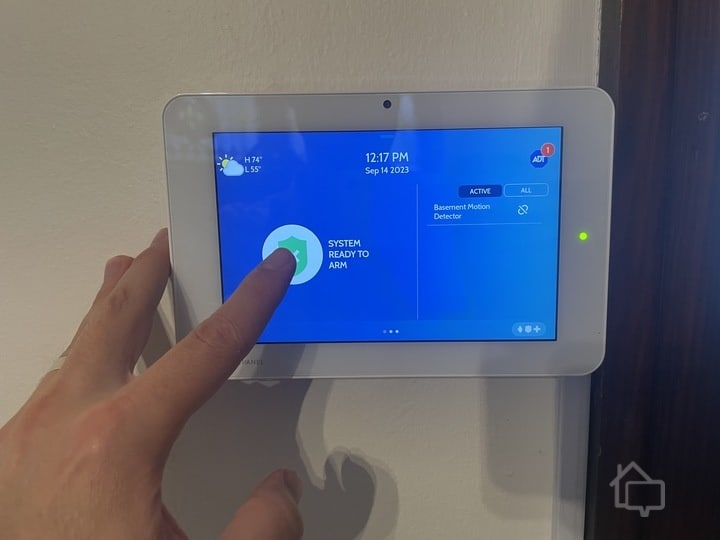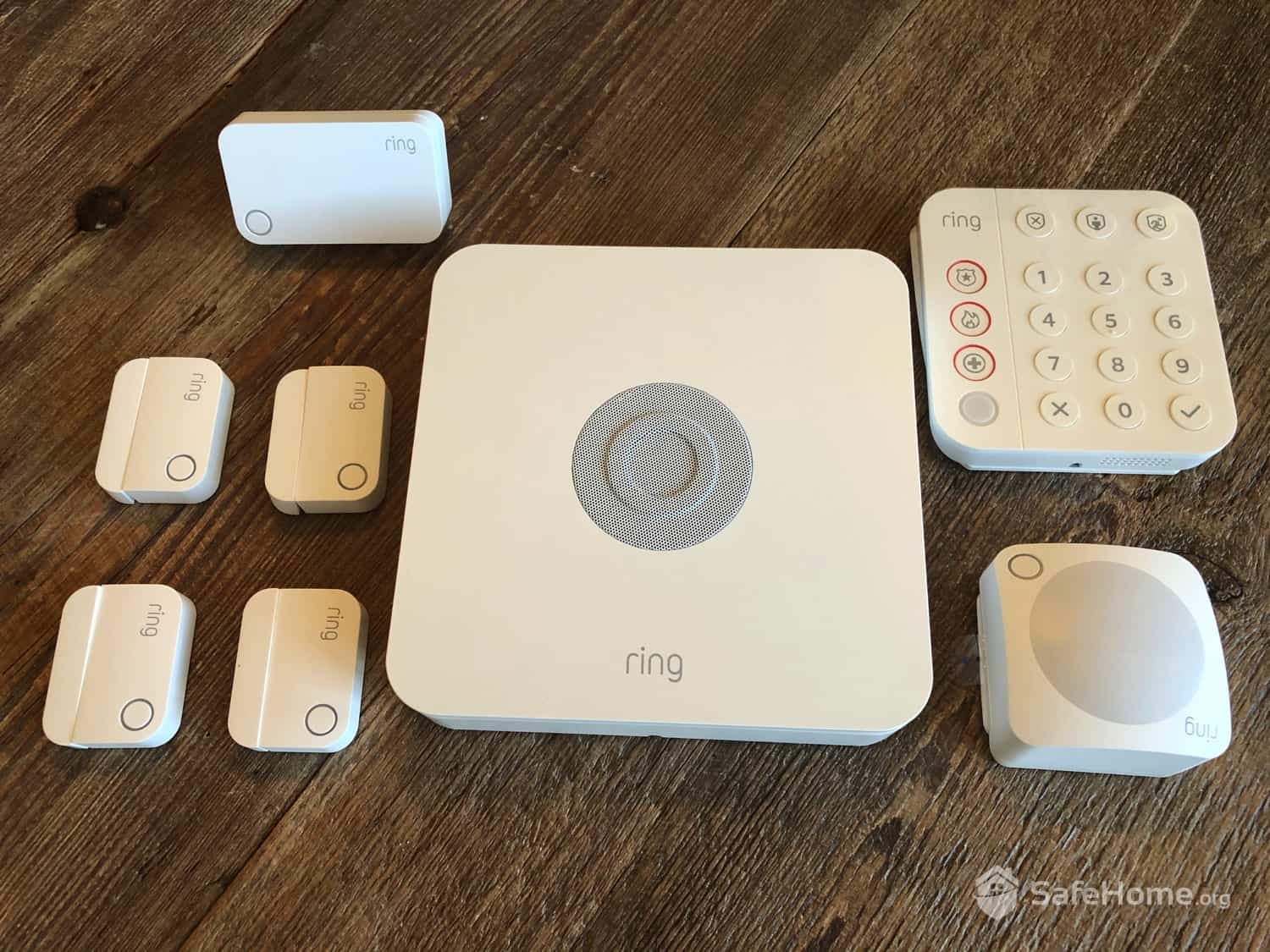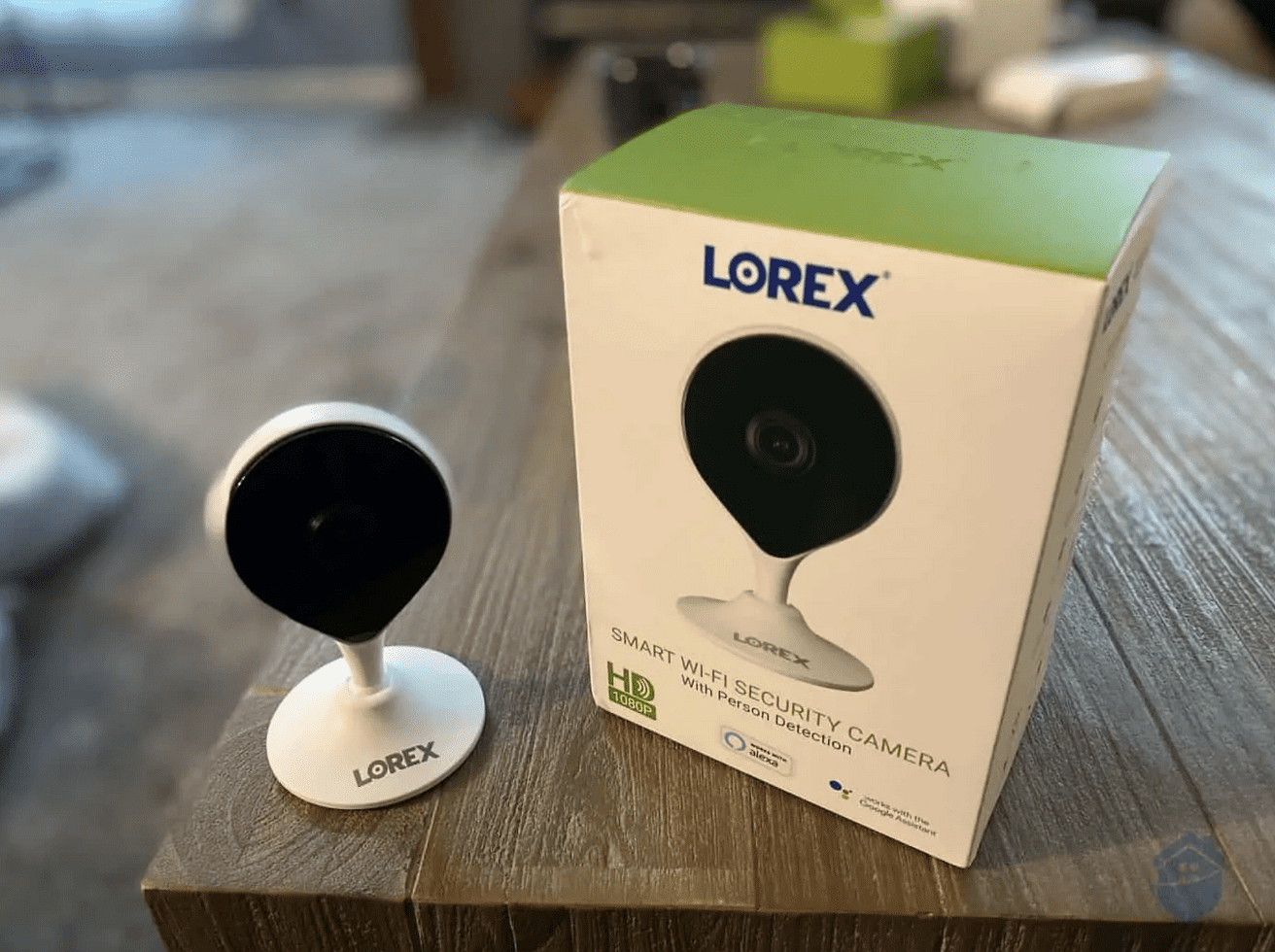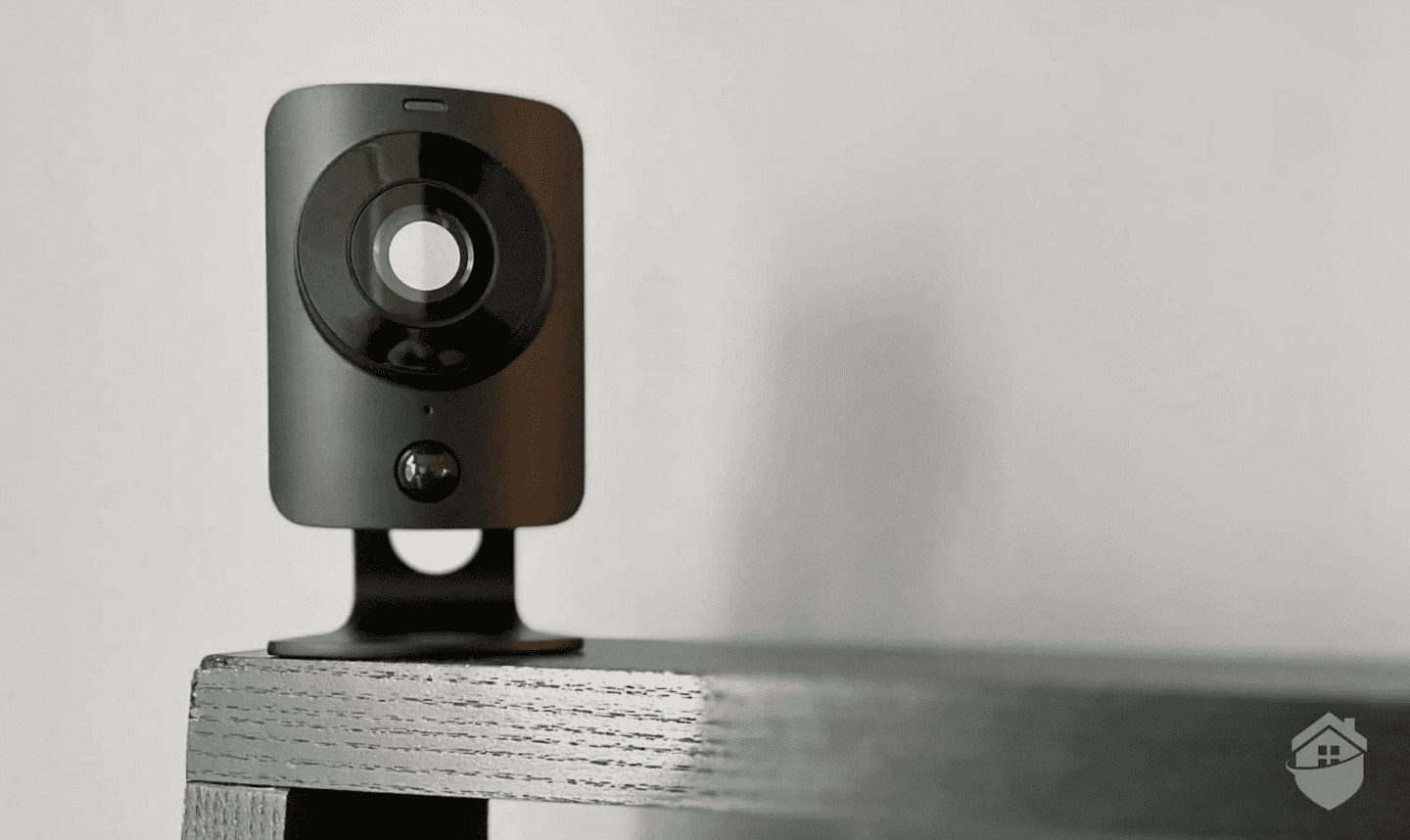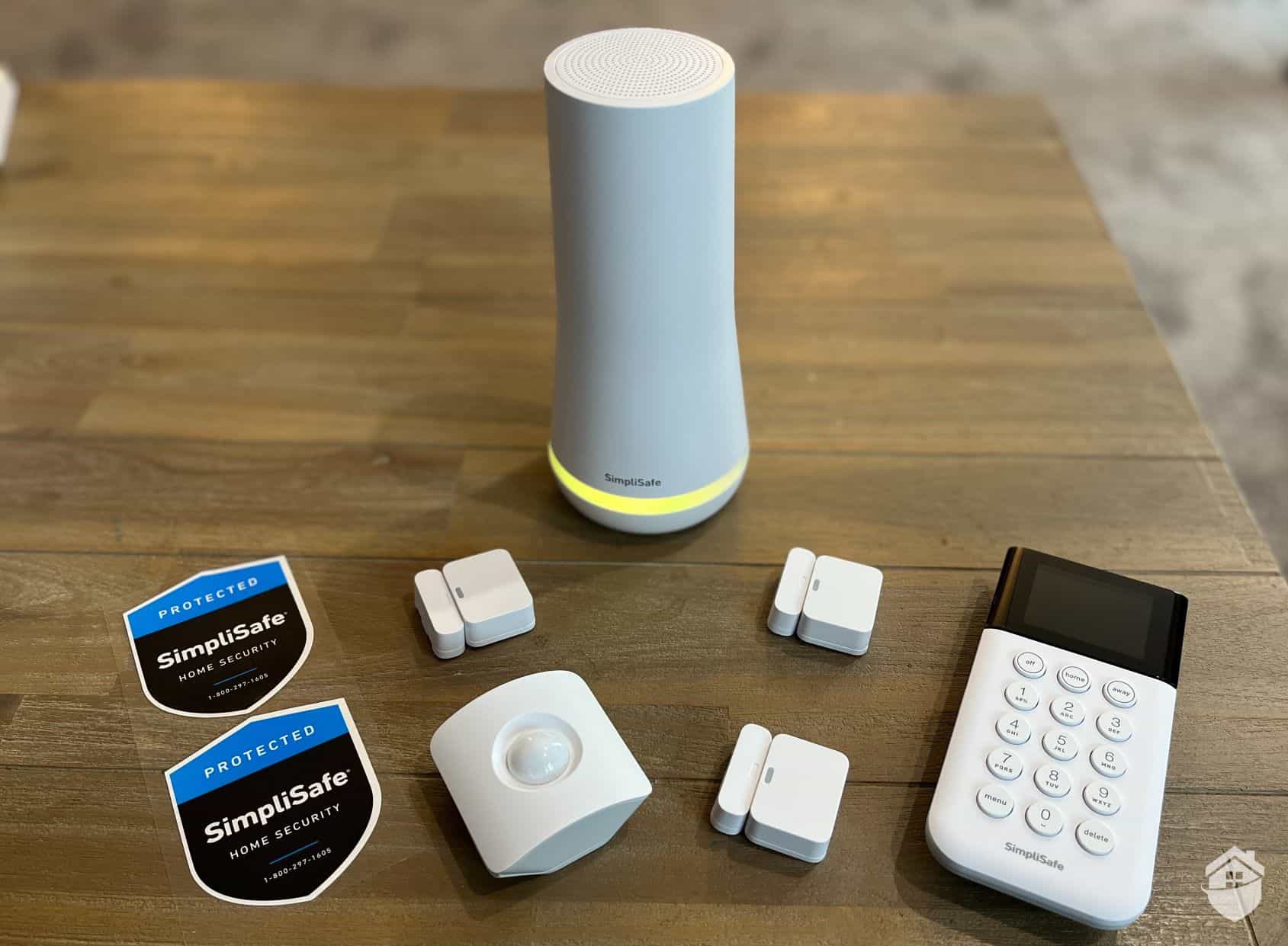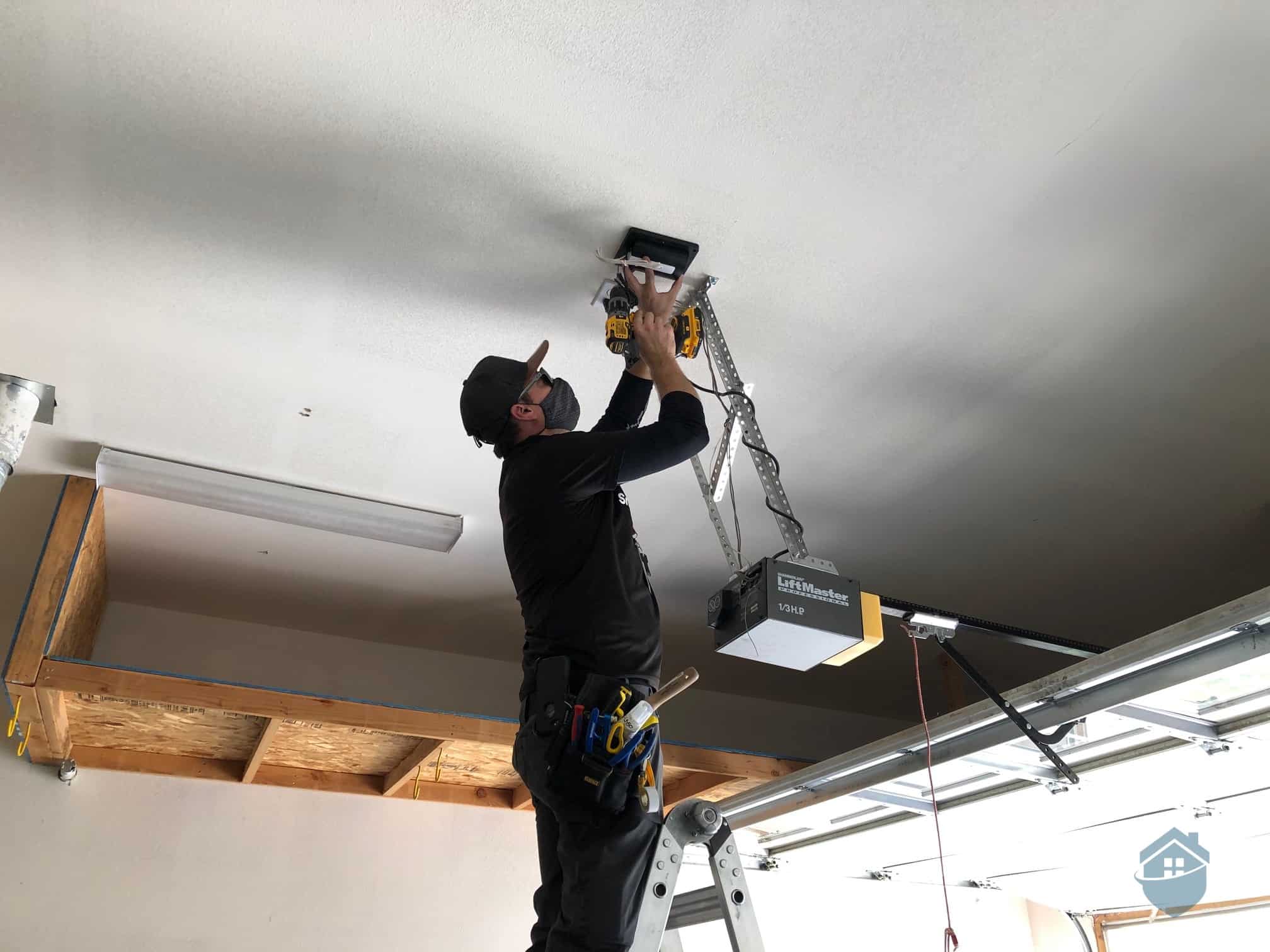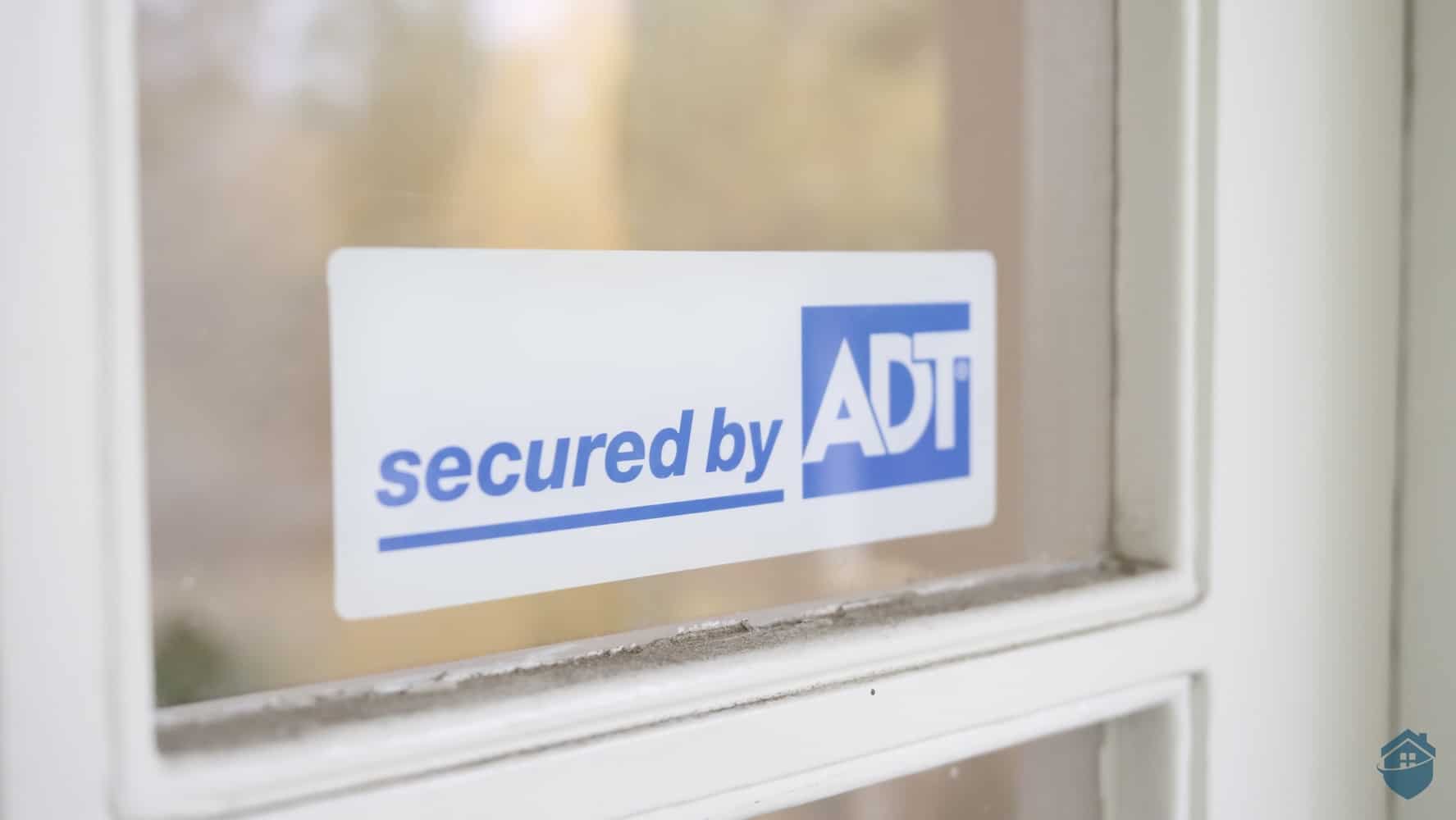Installation
As with Ring systems, Lorex systems are entirely DIY installations. That can be a problem, especially if you purchase a hardwired system. Lorex hasn’t done much to simplify the process. There are no automatic instructions that pop up on an app. We managed to do it in around an hour, but we’re experts. And even we had to deal with a tangle of wires all over the house until we got it all stowed away.
Monitoring
Turns out, monitoring is entirely DIY as well. That doesn’t mean you have to sacrifice security. Lorex makes it easy to self-monitor. The system sends push alerts when it detects a problem, and you can use the Lorex app to check out live feeds. Plus, unlike Ring cameras, most Lorex cameras come with local storage options, so you can store and review footage for free.
Price
We mentioned already that Lorex offers tons of equipment. As a result, you also get a range of prices. You can pay anywhere from $60 to over $1,000. Although, when we filled out the Lorex Solutions Finder to pick out our system, we chose a complete security monitoring solution. This gave us bundles that start at $442.99. But, since there are no monthly fees, we tend to splurge a little on equipment. It also makes it easy to start small, with what your budget can support, and add equipment as you go.
>> Save More: Lorex Black Friday Deals
Our Experience Testing Lorex
The big advantage of going with Lorex is camera choice. The company offers a huge selection of cameras, the biggest selection in the market, including tons of wired options. And because Lorex began as a professional-grade camera supplier, its entire inventory is rugged and durable. You never have to worry about paying monthly fees with Lorex either since monitoring is strictly DIY. In fact, it sits atop our list of best no-subscription camera systems. And to make monitoring easy, most camera models come with local storage options: DVR, NVR, or on-board recording.
Of course, the downside of DIY monitoring is that you have to be willing and able to keep an eye on your security yourself. We’ll confess that we’re not as diligent as we should be. That’s one reason we always sign up for a professional monitoring plan if one is offered.
While we were testing Lorex, we got an alert while we were at the movies and missed it. We always silence our phones like the pre-movie video tells us to. Luckily, it was just the mailman leaving a package. And our Lorex security system told us that in the notification thanks to one of the best facial recognition camera features we’ve tested. Still, we worried a little about what could have happened.
What we’re saying is that you have to know what you’re getting into when you go with Lorex. If you’re a person who likes to control your security, you’re not going to find a better system than Lorex. With options galore, DIY installation, and DIY monitoring, everything is in your hands.
